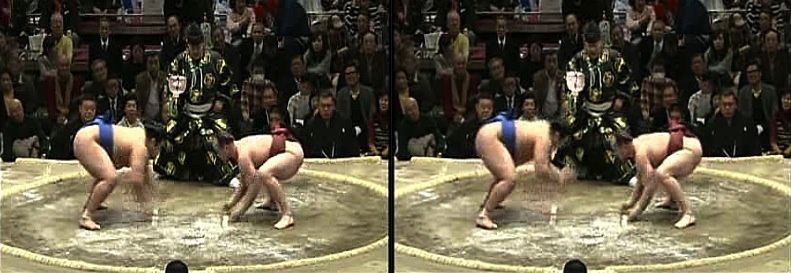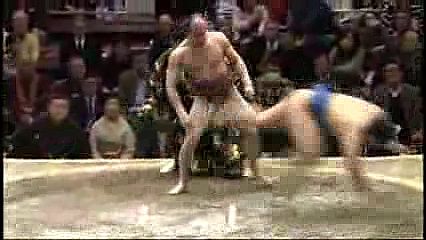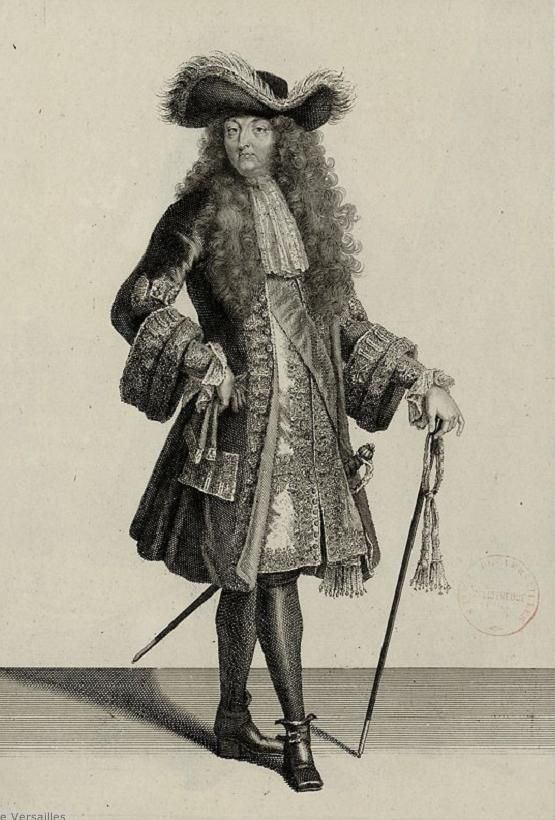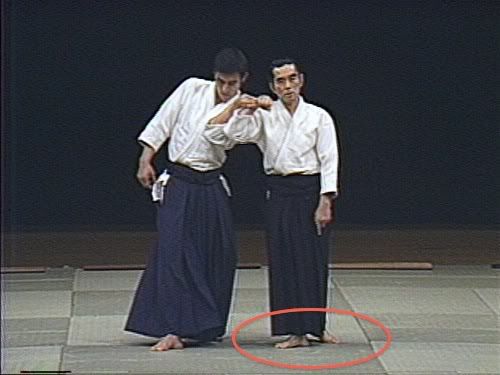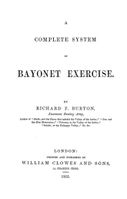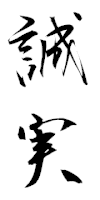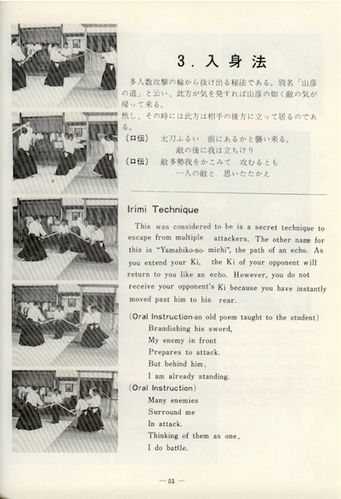Cette vidéo est assez célèbre désormais car l'un de ses protagonistes, Takanoyama est un cas à part dans le monde des paris truqués, pardon, du Sumo. Ce combattant Tchèque part avec un désavantage certain puisque son poids joue régulièrement en sa défaveur (1m85, 98 kgs de viande, bel athlète quand même…). Il se fait prendre d'ailleurs des piles magistrales par de plus lourds que lui. Ainsi il doit compenser son manque de poids par des technique plus variées.
L'intérêt de cette séquence est qu'elle est issue d'une expérience et non d'une théorie plus ou moins validée. C'est du vécu, du sparring, de l'application et à partir de là on peut remonter au principe. La situation ici est d'autant plus intéressante que cette garde pieds parallèles ("carrée") est encore plus désavantageuse que celle d'un aikidoka qui a une garde triangulaire hito e mi (dans l'idéal mais ce n'est pas une garantie, surtout en cas d'attaque surprise).
(Ca fait bien rire mes gamins)
Dès que Takanoyama pose ses poings au sol, son adversaire s'élance. Il s'expose clairement, presque comme une cible, un leurre. Une de ces fameuses ouvertures pièges?
Takanoyama va chercher à 45 ° en avant à droite de l'adversaire. Pour ce faire il se décale par une poussée de la jambe gauche tandis que la droite reste très légère pour ne fournir par la suite qu'un pivot, un point infime. Sa main est sans doute déjà en train de se préparer mais l'angle la cache.
La voilà qui apparait et qui se positionne. On voit que la jambe gauche décolle du sol pour effectuer un tai sabaki / pas chassé en bonne et due forme. On pourrait dire que c'est le haut du corps qui pilote l'action et que c'est le bas du corps qui l'actionne. Si ce n'était qu'un mouvement d'épaule, le bassin ne pourrait s'effacer et il se prendrait la charge plein cadre. On voit bien le bassin qui s'efface en reculant pour laisser passer la masse, ce qui serait moins prononcé face une arme (plus fine).
C'est encore plus flagrant sur ces deux images dans lesquelles on voit bien la jambe droite s'avancer en pas chassé pour permettre à la jambe gauche de s'effacer grâce au pivot du bassin.
A cet instant il a les deux pieds décollés du sol avant que sa jambe droite (avant en quelque sorte) ne se pose et fournisse le seul point d'appui et un pivot. Le pivot est presque entièrement créé par la dynamique du corps même si en définitive il est matérialisé de façon claire par la jambe droite en fin de parcours. Son poids est sans doute très proche de zéro, il n'existe plus: toute l'énergie de son mouvement de son corps accompagne la trajectoire de son adversaire, en vérité il utilise aiki, il fait s'additionner les deux forces…
(Cela ressemble au coup droit des meilleurs en tennis lorsque le joueur a les deux pieds décollés du sol: le mouvement est initié par la jambe arrière et se termine en avant après un quart de cercle dans lequel la jambe réalise le replacement).
Point intéressant: à cet instant la jambe gauche (arrière) est encore sur la ligne d'attaque - au moment même où la main accomplit son travail. Si l'on pense à migi hidari, le parallèle avec le sabre devient pertinent: la coupe du sabre s'effectue dans ce temps de pivot alors que la jambe arrière n'est pas encore effacée. Elle s'efface bel et bien en fin de mouvement parce que la rotation à laquelle elle participe l'exige. mais en revanche elle n'a pas vocation à trainer sur place… (enfin je ne m'y risquerais pas).
Très clairement, sa jambe gauche (devenue arrière par rapport au sens de l'action) ne lui sert plus à grand chose sinon à contribuer au pivot en donnant plus de cinétique (mais c'est un tout évidemment). L'axe de son corps est pied droit / hanche droite / milieu de la colonne vertébrale au milieu de la ceinture scapulaire.
La coupe au sens de action sur l'adversaire est achevée depuis longtemps, game over.
Le reste est anecdotique mais savoureux… ;-)
Il est intéressant de noter que son pied gauche n'est toujours pas au sol, preuve qu'il n'est pas nécessaire de l'ancrer à cet instant - ce qui serait nécessaire dans un travail ferme ne l'est plus en dynamique.
Il y a quelques enseignements à tirer de ce combat (et tous les commentaires sont les bienvenus, sisi).
- La force ne sert pas à grand chose. Même si son opposant lui fournit dans le cadre de cet affrontement l'essentiel de l'énergie nécessaire, sa simple disparition lui permet de faire s'additionner les forces et de se débarrasser du problème. En quelque sorte c'est l'exact opposé d'un mouvement kotai ferme où l'on doit dépenser un maximum d'énergie pour pouvoir bouger le partenaire. En ce sens, il est inutile de chercher les positions de force maximale alors que la tactique la plus durable est sans doute de chercher l'effort minimal (même la Joconde subit les outrages du temps… a fortiori les pratiquants qui inévitablement verront leur puissance diminuer…).
- La jambe arrière n'est motrice qu'au départ de l'action. La jambe directrice, la jambe qui va gouverner le pivot en lui fournissant son axe est la jambe avant. En ce sens elle dirige l'action quand la jambe arrière fournit la puissance brute. D'ailleurs celle-ci disparait bien vite lorsque sa fonction est épuisée pour accentuer le mouvement en donnant plus d'énergie cinétique au mouvement, guère plus. Penser que l'on pourra effectuer un large demi tour en utilisant la jambe arrière comme moteur de l'action, en la lançant pour pivoter à 180° est une pure illusion, de même qu'espérer que uke va suivre le demi tour (sauf pour la valeur pédagogique d'un exercice)…
- l'instant de coupe (juste avant que la jambe arrière ne s'efface) ne signifie pas que c'est la jambe arrière qui gouverne l'action à mon sens mais que que les deux jambes ont leur rôles spécifiques et complémentaires.
- Irimi. Grâce aux lignes sur le sol on voit clairement qu'il a avancé en allant chercher un angle de 90° en avant.
Cette action permet un tenkan efficace et d'un certain point de vue exprime irimi tenkan de façon exemplaire: déplacement de la hanche qui crée de la rotation.
Stratégiquement c'est également intéressant:
- l'ouverture initiale, l'appel de tout le corps en position ouverte
- le déplacement dans l'angle mort (limites du triangle de force)
- et surtout cette notion de disparition qui devrait parler aux pratiquants.
Même s'il est important lors du travail kotai de générer des forces conséquentes (construction et prise de conscience des appuis / leviers, etc.) et donc de chercher les moyens biomécaniques de les générer, la donne change en dynamique (jutai). Ce que semble révéler le travail kotai mais aussi les suburi ne disparait pas en dynamique mais s'adapte, se simplifie tout en conservant la logique pour pratiquer l'esquive, disparaître…
L'esquive comprise non comme un simple pivot passif mais comme une action dynamique, permettant non de contre attaquer mais d'attaquer, purement et en l'occurrence... simplement.


